East and Northeast History of India-
East and Northeast History of India provides you the detail study of the region. The advent of Mughals, British Raj and more . Definitely, The Guide to Indian Tourism will make you understand the History of this North-East Indian regions.
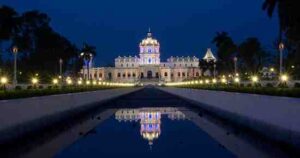 In fact the consequent First Anglo-Burmese War resulted in the entire region coming under British control. Most importantly in the colonial period (1826–1947), North-East Indian was made a part of Bengal. Province from 1839 to 1873, after which Colonial Assam became its own province. In fact it included Sylhet ( Now in Bangladesh ).
In fact the consequent First Anglo-Burmese War resulted in the entire region coming under British control. Most importantly in the colonial period (1826–1947), North-East Indian was made a part of Bengal. Province from 1839 to 1873, after which Colonial Assam became its own province. In fact it included Sylhet ( Now in Bangladesh ).
Learn more about History of North India, South India and west India.
East and Northeast History of India as an administrative region within the Indian Republic
North-East Indian region consists of seven states, namely Arunachal Pradesh, Assam, Manipur, Meghalaya, Mizoram, Nagaland and Tripura. Consequently this forms a very large contiguous area, of about 2,62,179 sq. km. It is land, surrounded by about 4,200 km of other international borders with Bangladesh, Myanmar, China and Bhutan and connected with the rest of the country by less than 20-km-wide ‘Siliguri neck’.
East and Northeast History of India AND The Britishers
The Guide to Indian Tourism traverses through the contemporary pages of the Indian History. It concludes that The British, gradually occupied or subjugated the region. They referred the subcontinent as ‘North-East Frontier of Bengal’. The colonial intervention began in 1818 . As a result of which the three Thana areas of the Rangpur district of Bengal, namely Goalpara.
Also Dhubri and Kairaibari, were separated from the parent district and made into the Civil Commissionership of northeast Rangpur (later on Goalpara district) . This was done to tackle the challenge of intermittent Garo raids, with David Scott, then Joint Magistrate of Rangpur, appointed as its first Civil Commissioner.
East and Northeast History of India and Anglo Burmese War
On the eve of the first Anglo-Burmese War (1824–26), a post of Agent to the Governor General for North-East Frontier was created. Undoubtedly to look after the entire region from Bhutan to Burma. Most importantly David Scott again as the first Agent.
The British looked upon the region as a frontier of Bengal and formulated their policies accordingly. In fact the North-East Frontier eventually shifted to the present-day Arunachal Pradesh (erstwhile North-East Frontier Agency or NEFA).
Who provided the name “North- east Frontier?
Alexander Mackenzie, probably was the first person to designate the Land as North- East Frontier. He submitted his Memorandum to the Government on the North-East Frontier of Bengal in 1869. Specially his book History of the Relations of the Government with the Hill Tribes on the North-East Frontier of Bengal was published. This was Published by the Bengal Government in 1884. Consequently Some writers also called it the ‘Eastern Frontier’
The British Raj from the Pages of East and Northeast History of India
The North- East Indian Regions were established during the British Raj of the 19th and early 20th centuries. Definitely This was the time when the inhabitants became relatively isolated from traditional trading partners such as Bhutan and Myanmar. Many of the peoples in present-day Mizoram, Meghalaya and Nagaland converted to Christianity under the influence of British (Welsh) missionaries.
The earliest settlers of the North-east region from the Pages of East and Northeast History of India
The earliest settlers may have been Austro-Asiatic languages speakers from Southeast Asia. Perhaps followed by Tibeto-Burmese from China and by 500 B.C. Indo-Aryans speakers from Gangetic Plains. Because of the bio- and crop diversity of the region, archaeological researchers believe that early settlers of Northeast India had domesticated several important plants. Consequently writers believe that the 100 BC writings of Chinese explorer, Zhang Qian indicate an early trade route via Northeast India. In fact The Periplus of the Erythraean Sea mention a people called Sêsatai in the region, who produced malabathron. off course a highly prized in the old world.[
North-east India in First Millennium from the Pages of East and Northeast History of India
In the early historical period (most of first millennium), Kamarupa included most of present-day Northeast India, besides Bhutan and Sylhet in Bangladesh.
The mention of North- east India by Xuanzang, A wonderer of 7th Century
Xuanzang, a travelling Chinese Buddhist monk, visited Kamarupa in the 7th century. Most importantly He described the people as short in stature and black-looking”. Significantly whose speech differed a little from mid-India. Finally these were of simple but violent character. He further wrote that the people in Kamarupa knew of Sichuan, which lay to the kingdom’s east beyond a treacherous mountain.
North-East Indian regions through the Pages of Ancient India –
East and Northeast History of India reveals, the regional concept of Prāgjyotisa-Kāmarūpa. In fact this included the bulk of the present-day Northeast as well as parts of North Bengal. Also some adjoining areas of Bangladesh. Finally The Brahmaputra valley was ruled till twelfth century ad. This Kamarupa valley formed heartland of Prāgjyotisa-Kāmarūpa. Most importantly this was ruled by the Varman, Śālastambha and the Pāla dynasties.
The southern plains segment of the region, ruled by powerful political regime from Samatata, Harikela, Vańga and Kāmarūpa. The areas namely corresponding to Barak-Surma valley-Tripura plains. These were directly or indirectly covered within the ambit of powerful political regime, as mention. However, in eleventh–twelfth centuries, the Śrīhatta kingdom autonomously flourished in this southern segment. In fact this kingdom included the Kailashahar.
The history of Tripura
Dharmanagar area of present-day Tripura. In medieval period, the Sylhet and Goalpara areas formed part of the Bengal Sultanate and the Mughal province of Bengal. Consequently the rest of the present-day Northeast consisted of several local kingdoms of Brahmanical state model.
Unquestionably They emerged from Kirāta/tribal ethnic roots, besides the chieftaincies and autonomous village/clan formations in the tribal areas. In fact Under the British, the entire region formed part of their one Indian colony. though different parts were designated as British province, princely states, and as excluded and partially excluded areas.
HISTORICAL PLACES OF NORTH- EAST INDIA
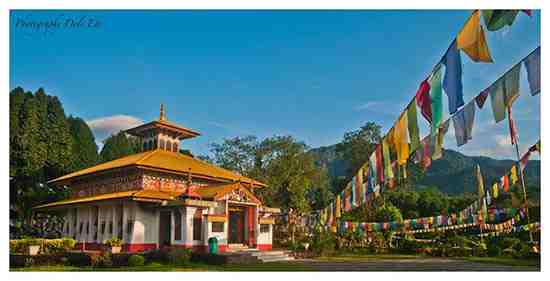
GOMPA TEMPLE,ARUNACHAL PREDESH
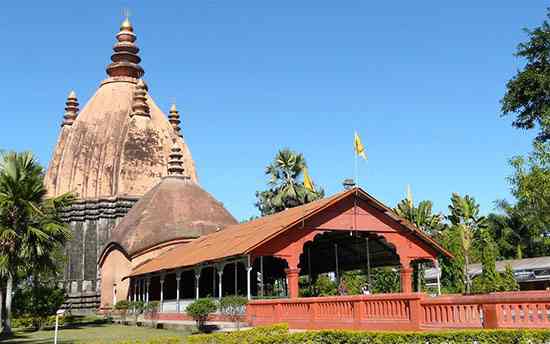
SIVASAGAR TEMPLE ,ASSAM
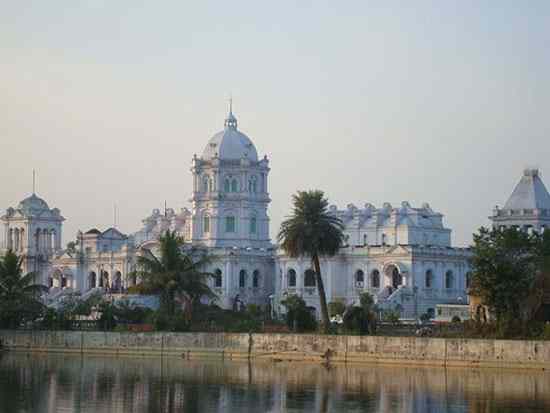
UJJAYANTA PALACE,TRIPURA
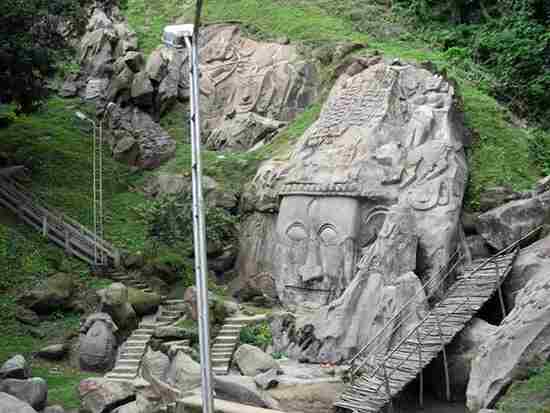
UNAKOTI ,TRIPURA

KANGLA ,FORT
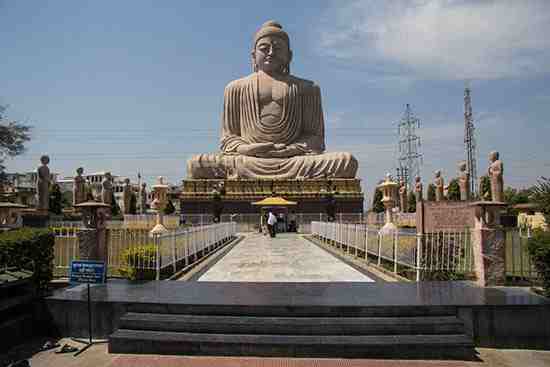
BODH-GAYA,BIHAR
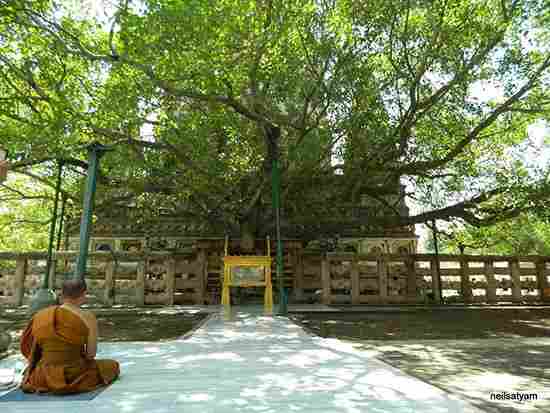
BODHI-TREE
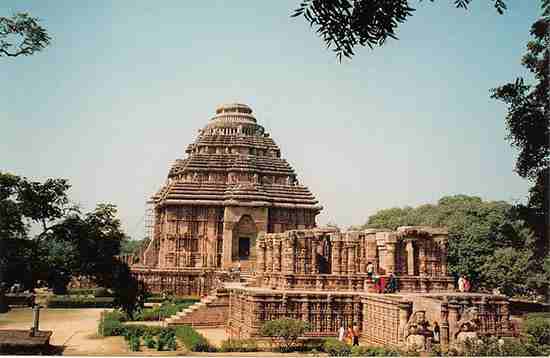
KONARK,ORRISA

MAHABODHI-TEMPLE
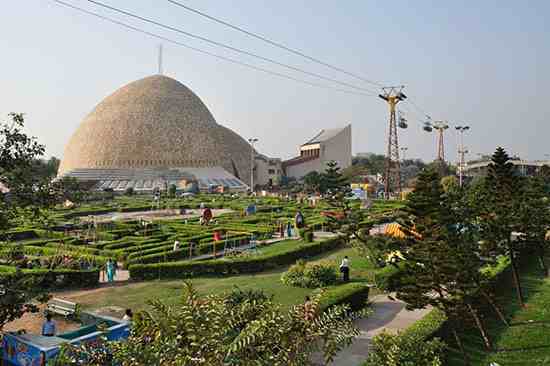
SCIENCE-CITY,WEST-BENGAL
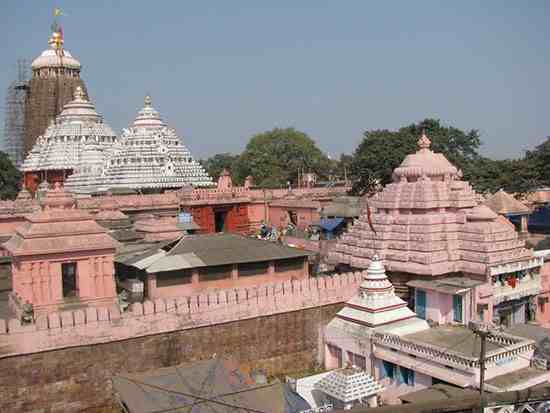
SHRI-JAGANNATH-PURI,TEMPLE,ORISSA
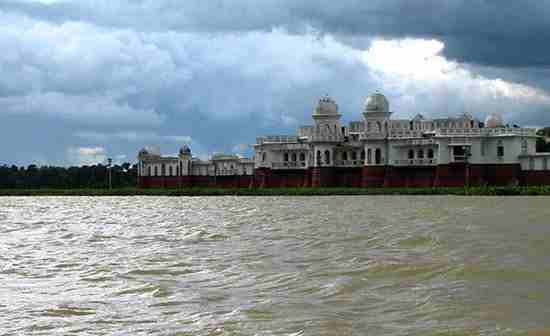
NEERMAHAL,TRIPURA
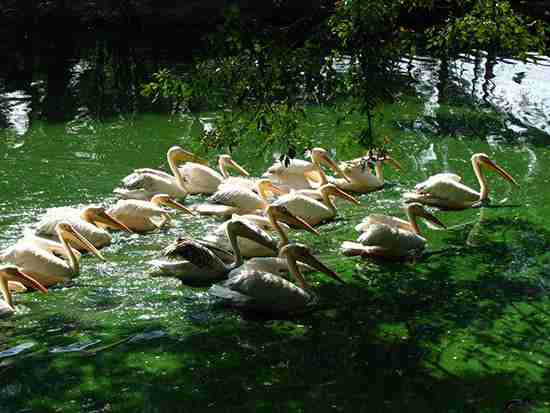
MANAS NATIONAL PARK

GUWHATI,ASSAM
History of East Indian regions
The Guide to Indian Tourism significantly makes you understand the History of the East Indian region. The region was ruled by several empires. These included Gangaridai, Mauryans, Delhi Sultanate, Bengal Sultanate and Mughal Empire. Consequently Followed by Maratha invasions of Bengal. Finally the territories of East India were conquered by the British Empire.
War of Kalinga and Buddhism .
After the Kalinga War the Maurya king Ashoka sent emissaries to spread Buddhism across Asia. In fact the famous university of Nalanda was in Bihar. In-Addition Chinese travellers visited Buddhist and Hindu temples and libraries in the universities of Magadha Empire. The Emperor of Kalinga Mahameghavahana Aira Kharavela was one of the most powerful monarchs of ancient India. The Jain thirkhankar Mahaveer was born here and founded Jainism.
Konark Sun Temple built by the Eastern Ganga dynasty is a UNESCO World Heritage Site in Odisha.
East India and the Islamic invasions–
Understandably 13th century resulted in the collapse of Hindu kings and most Buddhists, of East Bengal, were forcefully converted to Islam. In fact East India including Bihar and West Bengal was part of the Mughal Empire in the 16th and 17th centuries. Significantly Odisha remained a powerful Hindu dynasty under the rule of Soma/Keshari Dynasty, Eastern Ganga Dynasty, Surya Dynasty till the end of the 16th century.
The mighty Nalanda University existed at Nalanda which was destroyed by Bakhtiar Khilji during the 12th century and also defeated Sena Dynasty.
Sher Shah Suri founded the city of Patna on the ruins of ancient Pataliputra. He became king of India after defeating Humayun, the Father of Akbar, “The Great”.
Eastern India and Islam.
Islam arrived during the 6th–7th century AD and became dominant gradually. It was in the early 13th century with the advent of Muslim rulers that Islam started gaining power. Undoubtedly the role of Sunni missionaries such AS Shah Jalal in the region, also helped the Islam to gain power.
Later, Muslim rulers, starting from the Delhi Sultanate initiated the preaching of Islam by building mosques. From the 14th century onward, it was ruled by the Bengal Sultanate, founded by king Shamsuddin Ilyas Shah. This period let to the beginning a period of Muslim dominance over the regional empires.
However the Mughal Art and Architecture including their Culture and traditions grew during this period. The Europeans writer who hardly knew about the Ancient Indian History claimed India, as the richest country to trade with during the contemporary period.
Mughal Empire and Bengal Province.
It is important to note here that gradually the entire East India came under the Mughal Empire. Henceforth becoming as the most advanced parts in the world. Bengal Subah generated almost half of the empire’s GDP and 12% of the world’s GDP. Unquestionably This was larger than the entirety of western Europe, before the period of post industrialisation.
East India and the British Raj
With the arrival of the Europeans in the 17th century, outposts were established in Odisha Coast and Bengal. The European traders established their trade centres in the famous ports of Balasore, Pipili, Palur in the Odisha Coast. It was during the rule of the last independent Hindu king Gajapati Prataprudra Dev.
The Portuguese were in Chittagong, Dutch in Chinsura, French in Pondicherry and the English founded Calcutta. The Maratha Invasion of Bengal badly affected the economy of Bengal and it is estimated that 400,000 Bengali Muslims were butchered.
The untold story of battle of Plassey–
In 1757, the British East India Company defeated the local Indian Muslim rulers, Siraj-ud-daula in the battle of Plassey and established British Rule in the subcontinent. The battle was fought on 23rd June, 1757 between British solders headed by Col Robert Clive. Robert clive having soldiers in the tune of 800 Nos. The majority were Indians. The Army of Nawab, Siraj-ud-daula, having almost 10000 soldiers.
The Nawab lost the battle due the defiance of His military Chief, Mir Jaffar, who was negotiated by the Personal of the East India Company, to betray the Nawab. He not only betrayed his Nawab for his greed of becoming the emperor but also assassinated Siaj-ud-daula. This battle also resulted in the loss of French Power, in the region.
British Raj and The impact of Battle of Plassey on India
This was the turning Point of the Indian History and initiated the advent of the East India Company. Robert Clive was designated to Commander-in-chief- Bengal. He made Calcutta, as the capital. Eventually Calcutta grew into one of the world’s greatest ports. Tea from Calcutta was off-loaded by American separatists in the American War of Independence in the 1770s.
In the 19th century, Calcutta’s traders and merchants traded with the rest of the British Empire, continental Europe, the United States and China. Indentured Indian labourers from Bihar, sailed to new homes in Fiji, Mauritius, Guyana, Surinam and South Africa.
East India Region and Independence Movements
India’s independence movement had strong roots in imperialistic working methodology of East India company. The feudal land system, established through the Permanent Settlement of Bengal, was unpopular among the peasant cultivators. They started creeping against the laid approach. Further the numerous agricultural labourers found all over Bihar and Bengal (Khetmazdoors) became dissentient .
The Indian Rebellion of 1857 started in Bengal. This was primarily against the imperialism of British Raj. The use of Cow Beef in the cartridges to be used by the Indian soldiers can be attributed as the main reason. The imposition of feudal system and various other Political and Social causes led to this rebellion.
Eventually the British prevailed, and Calcutta remained capital of Britain’s Asian dominions until 1911. During Gandhi’s independence movement, the Bihari village of Champaran was an important supporter of non-violent resistance.
Great poets of the stature of Rabindranath Tagore championed the movement for self-rule.
The partition of India and the Eastern India from the Pages of East and Northeast History of India
The Partition also had its roots in undivided Eastern India. The Muslim League was founded in Dhaka in 1906. In the 1937 provincial elections, it came to power in Bengal in alliance with the Krishak Praja Party. in 1944, it gained an absolute majority in the Bengal Assembly, and Hussein Suhrawardy became the Chief Minister.
History reveals that the contemporary Viceroy and other designated Britishers wanted to divide India in many parts. This led to the rise of Mohmmad Ali Jinna who for his personal desire rose to power and played a Major role in formation of Pakistan.
After widespread communal violence during the Direct Action Day protests in Calcutta, leading to further communal violence across British India, the creation of Pakistan became inevitable. In 1947, further communal violence displaced millions as independence and partition of British India occurred. Some Bihari and Bengali Muslims fled to the newly created East Pakistan. Most East Bengal Hindus fled to India.
We owe to provide every assistance required to make your tour to India, a complete success . And that too free of cost.
To Know further, Please visit our Content under the name “ Places to Visit India “
Best 10 Places to visit at Jodhpur
Please remember –Please follow our Blogs for Virtual Tour. We will met their and for sure take you to this entire new Journey.
TOPOGRAPHY
The valleys of the Brahmaputra and the Barak are the two major low-lying geographical segments, which are connected with the Indo-Gangetic plains through Bengal. The Manipur valley is encircled…………READ MORE…
WE ARE HERE TO SERVE YOU. YOU MAY FIND OUR OTHER SERVICES ON OUR ‘SERVICE TAB’
POST YOUR COMMENTS. WE WANT TO HEAR FROM YOU. YOU MAY CONNECT US OR CONTACT US. DON’T FORGET TO BUILD RELATION. TRY ONCE WE WILL SURELY RESPOND. FOR SURE RELATION BUILDING IS A KEY TO SUCCESS.



